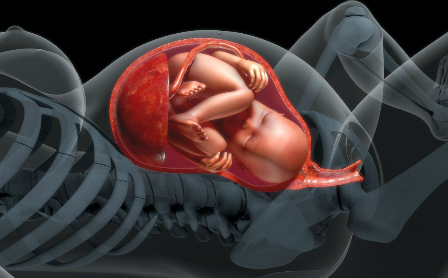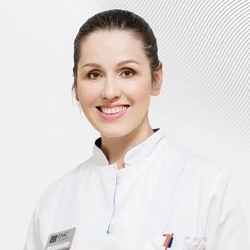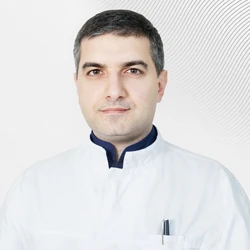 Children, unlike mothers, cannot share their birth stories ... maybe it's not for nothing that nature provides?
Children, unlike mothers, cannot share their birth stories ... maybe it's not for nothing that nature provides?
PRESSURE during uterine contractions. The child is not in danger, with a normal birth, he is protected by amniotic fluid. When passing through the birth canal, the child's anatomy (bone mobility) helps to compensate for pressure and prevent injury.
STRESS, in a good way. During childbirth, the mother's body produces a hormone that helps to cope with pain. It stimulates the child's production of the stress hormone, which mobilizes the body to "eliminate the threat" and prepares it for life outside the womb.
SLEEP. The baby can maintain the sleep cycle to which it is accustomed in the womb, and sleep up to 50 minutes every hour.
Fetal DISTRESS. If the pregnancy did not go very smoothly, the baby's condition may worsen during childbirth. For example, oxygen delivery may decrease, while the heartbeat will worsen. Therefore, CTG is continuously performed during childbirth. If anything, doctors take the necessary measures.
PAIN during exile. With a normal birth, it is not very strong. If, for example, a child is born with a birth tumor, it is logical that he was unwell. But the sensations experienced by the child are not comparable to those of the mother. This is due to the fact that the pain receptors in a newborn are not yet fully developed.
Mother's MOOD. It is necessary to remain calm and positive, not only during pregnancy, but also during childbirth. It has been proven that a child's heartbeat slows down and he calms down when he hears his mother's voice. No matter how the birth goes, the child understands that "something is wrong," so it is important for him to hear his mother. There are also studies that prove the positive effect of mom's laughter on the child. Women don't often laugh during childbirth, but if a partner helps to create an appropriate atmosphere, it will be great!
THE EFFECT OF DRUGS. Much of what enters the mother's body penetrates through the placental barrier. With general anesthesia, the child may fall asleep or even stop breathing. Therefore, epidural anesthesia is the preferred method of anesthesia. The absorption of its components is minimal, so it can be said that it practically does not enter the fetal bloodstream and does not have a systemic effect on his body.
THE FIRST BREATH. Crying a baby after birth speaks about the health of his lungs. During the first breath, the lungs begin to expand, and this mechanism is accompanied by a scream. At the same time, the first sigh and cry allow you to clear the lungs of amniotic fluid.
SENSORY OVERLOAD. After giving birth, everything gets colder, noisier, and brighter.
TEMPERATURE CHANGE. Amniotic fluid facilitates the transition from the temperature in the womb to the ambient temperature, and the physiology of the newborn compensates for temperature changes. Moreover, in the maternity boxes we maintain a comfortable temperature for mother and child, and we place newborns on special heated tables.
CONTACT WITH MOM. It has been proven that the first hour after giving birth plays a fundamental role in the further development of the baby. Therefore, the procedures of weighing, washing, etc. are postponed in favor of establishing skin-to-skin contact as soon as possible. Mom is the only person the child knows in this world, and their quick separation can cause trauma to the child. The baby calms down by lying on the mother's chest and hearing her voice immediately after birth. In the future, the moments when his mother takes care of him and breastfeeds are very important for him. It is necessary to talk to the child, then he will understand that the voice that accompanied him for 9 months is still with him.
The child's attachment to the mother develops in the womb. The child not only hears the voice, but even feels his mother's scent. After the baby is born, affection grows, turning into love.
Questions and answers











.webp)


.webp)




.webp)

.webp)





